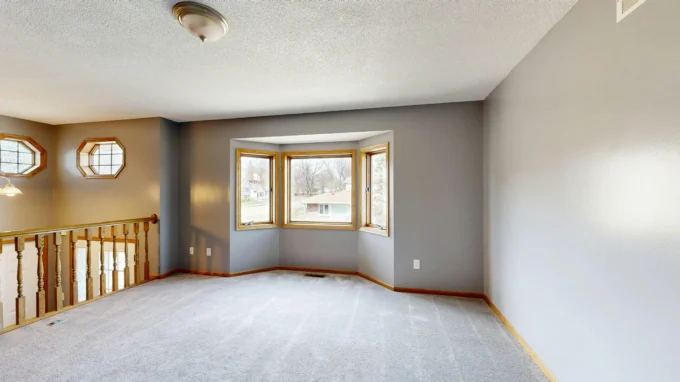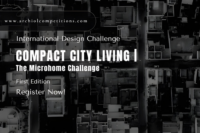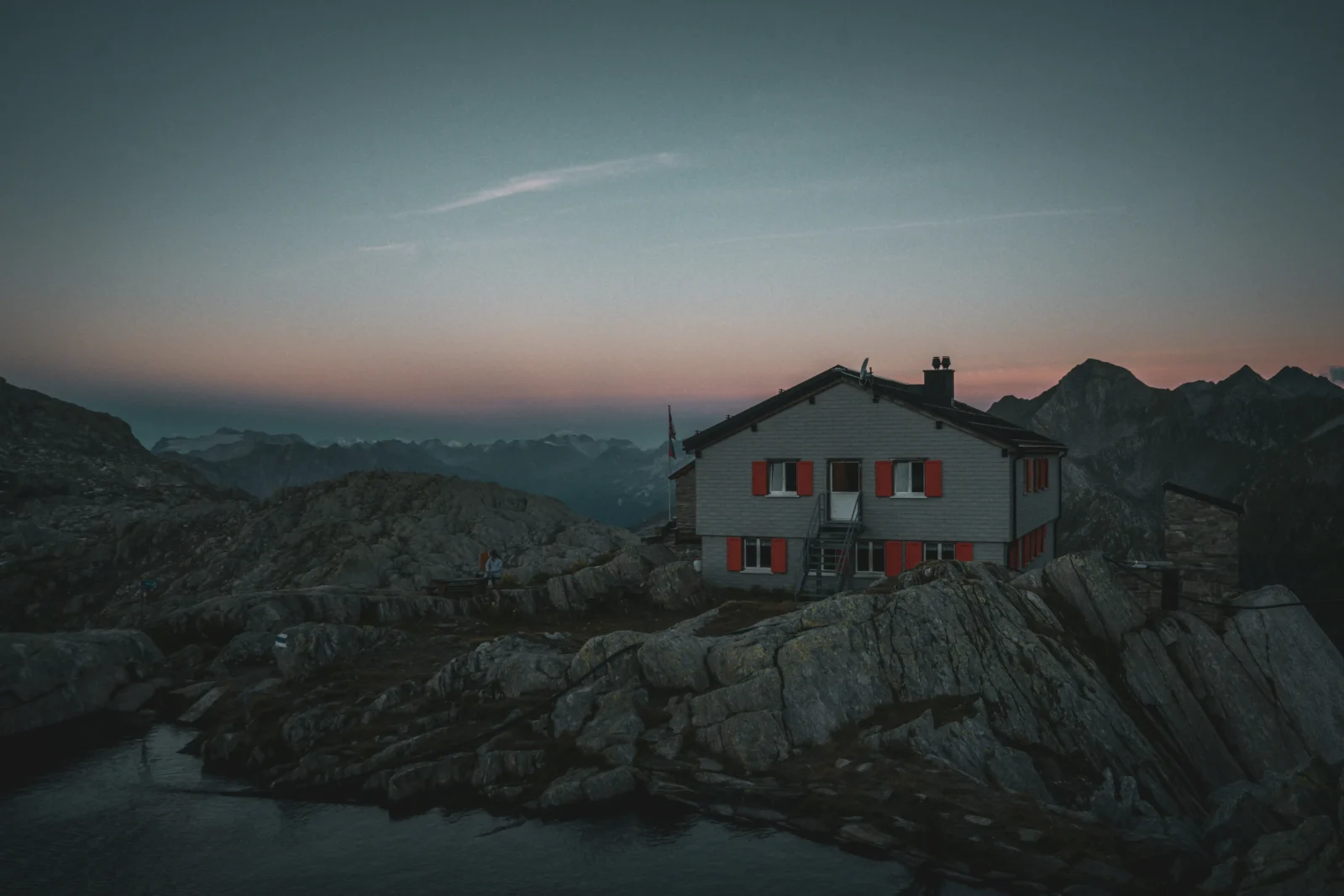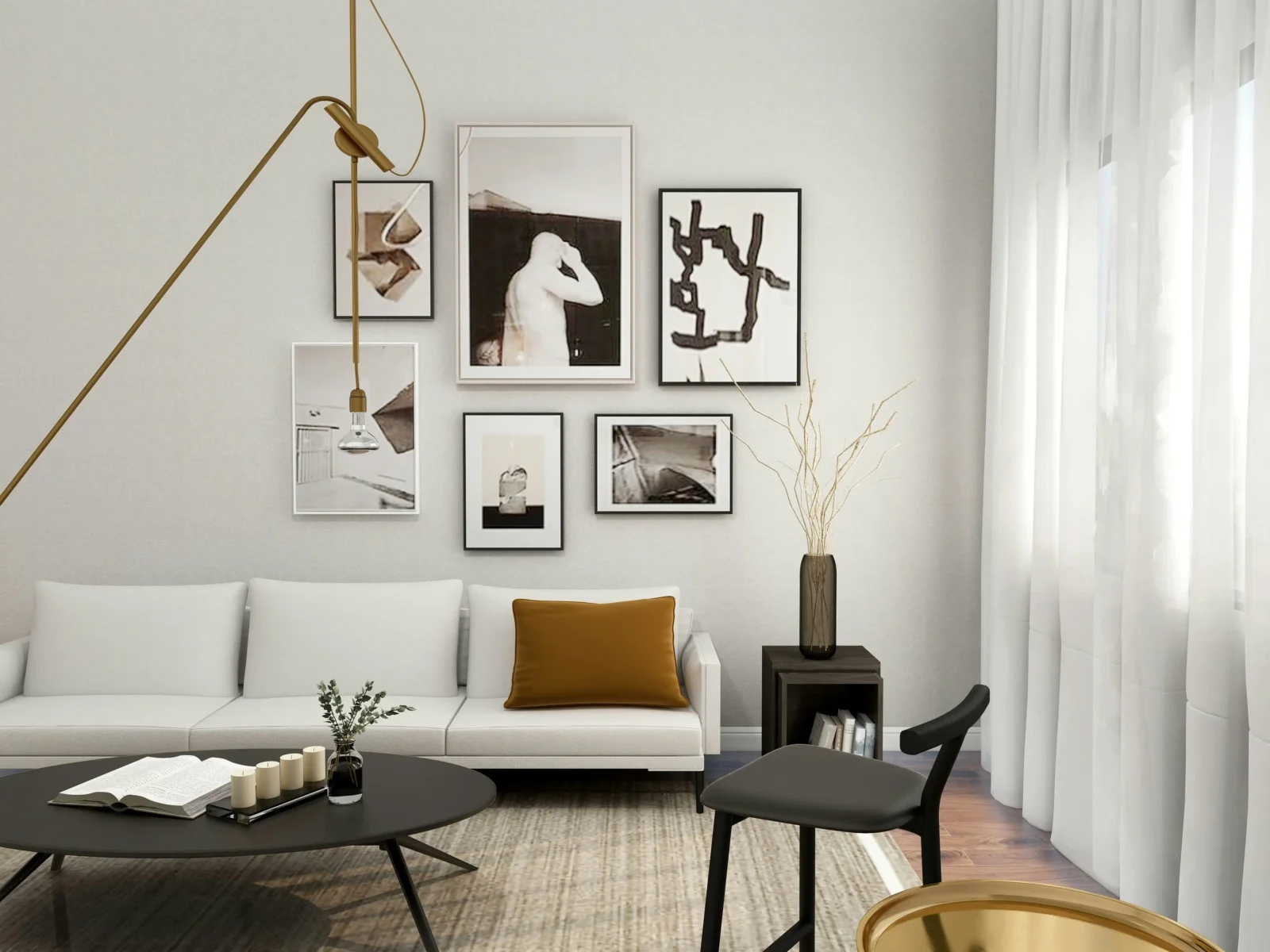- Home
- Articles
- Architectural Portfolio
- Architectral Presentation
- Inspirational Stories
- Architecture News
- Visualization
- BIM Industry
- Facade Design
- Parametric Design
- Career
- Landscape Architecture
- Construction
- Artificial Intelligence
- Sketching
- Design Softwares
- Diagrams
- Writing
- Architectural Tips
- Sustainability
- Courses
- Concept
- Technology
- History & Heritage
- Future of Architecture
- Guides & How-To
- Art & Culture
- Projects
- Interior Design
- Competitions
- Jobs
- Store
- Tools
- More
- Home
- Articles
- Architectural Portfolio
- Architectral Presentation
- Inspirational Stories
- Architecture News
- Visualization
- BIM Industry
- Facade Design
- Parametric Design
- Career
- Landscape Architecture
- Construction
- Artificial Intelligence
- Sketching
- Design Softwares
- Diagrams
- Writing
- Architectural Tips
- Sustainability
- Courses
- Concept
- Technology
- History & Heritage
- Future of Architecture
- Guides & How-To
- Art & Culture
- Projects
- Interior Design
- Competitions
- Jobs
- Store
- Tools
- More
Outdoor Living Trends: How WPC Decking is Shaping Modern Spaces

Not long ago, outdoor living was often limited to a simple patio set or a small grill in the backyard. Today, it has become an extension of the home—a space where we cook, entertain, and unwind. But with this shift comes new challenges. People want outdoor spaces that are stylish yet practical, eco-friendly yet durable. Traditional wood, while classic, often requires constant maintenance, and many homeowners are searching for smarter alternatives.
That’s where WPC decking enters the conversation. As I’ve seen in recent projects and discussions, wood-plastic composite materials are transforming outdoor living, offering the perfect blend of function, beauty, and sustainability. Let’s explore the trends shaping outdoor spaces today and why WPC decking is at the heart of it all.
Table of Contents
ToggleThe Evolution of Outdoor Living Spaces
Outdoor living has grown beyond being just an afterthought. Homeowners worldwide are now designing multifunctional spaces that mirror the comfort of their interiors. Kitchens, lounge areas, fire pits, and even full entertainment zones are moving outdoors.
This shift reflects three core desires:
- Durability: Materials that stand up to weather, sun, and heavy use.
- Sustainability: Eco-conscious choices that minimize environmental impact.
- Style: Spaces that feel modern, elegant, and tailored to personal taste.

These priorities set the stage for the rise of WPC decking.
Key Trends in Outdoor Living
Multi-Functional Outdoor Spaces
I’ve noticed that homeowners want outdoor spaces to do it all—cooking, dining, relaxing, and entertaining. Decking often forms the foundation of these areas, creating a seamless flow between indoors and outdoors. A versatile material like WPC allows for larger, more ambitious designs that stay beautiful year-round.
Imagine an outdoor kitchen with a grilling station, a shaded pergola, and a lounge deck beneath string lights. With WPC, you don’t have to worry about constant refinishing or structural wear when those spaces get heavy use. It’s a foundation built for activity.
Sustainable and Eco-Friendly Materials
According to the World Green Building Council, more than 40% of global carbon emissions are linked to building and construction. No wonder eco-friendly materials are now in high demand. WPC decking stands out because it’s typically made from a blend of recycled wood fibers and plastics. This gives it a second life while reducing the reliance on virgin timber.
In my experience, more homeowners are asking not just about how their decks will look, but also about where the materials come from. WPC allows me to give them a clear answer: it’s a sustainable option that aligns with the growing movement toward greener homes.
Low-Maintenance Lifestyle Choices
Life is busy, and few people want to spend weekends sanding, staining, or sealing a deck. One of the biggest pain points I’ve heard from homeowners is how traditional wood requires constant upkeep. WPC decking eliminates much of that hassle—no staining, no sealing, just an occasional rinse or sweep to keep it looking fresh.
For families with kids or pets, this is a game-changer. Instead of worrying about splinters or worn-out finishes, they can simply enjoy their outdoor space. It’s a lifestyle upgrade as much as it is a design choice.
Aesthetic Versatility
Today’s homeowners aren’t just looking for function; they want style. WPC decking offers a wide range of finishes, from natural wood grains to sleek modern tones. This flexibility means it can complement a rustic garden retreat as easily as it can a minimalist urban balcony.

Another advantage is consistency. Natural wood often varies in color and grain, but WPC is engineered for uniformity. That makes it easier to plan a design where every board looks intentional and cohesive.
Why WPC Decking Leads the Way
Durability and Longevity
Outdoor spaces face it all—scorching sun, heavy rain, and even the occasional pest invasion. Unlike wood, WPC decking doesn’t warp, splinter, or attract termites. With proper care, it lasts significantly longer, making it a cost-effective choice over time.
I’ve seen homeowners install WPC decking and still enjoy its like-new appearance years later, something harder to achieve with untreated timber. This reliability makes it a wise long-term investment.
Eco-Friendly Composition
WPC’s combination of recycled wood and plastic gives it a sustainable edge. By repurposing materials that might otherwise end up in landfills, it supports environmentally responsible building practices. For homeowners who want to align with greener living, this is a powerful advantage.
Low Maintenance
One of the main reasons I recommend WPC decking is its ease of care. A quick wash with soap and water is usually enough. Compare that with traditional timber decks that need regular staining and sealing, and it’s easy to see why WPC saves time and money in the long run.
Design Flexibility
Whether someone dreams of a classic cedar look or a bold contemporary finish, WPC delivers. The variety of colors, grains, and surface textures means there’s something for every design preference. Plus, because the boards are engineered, they tend to fit together with precision, creating clean lines that elevate the entire space.
Future Outlook of Outdoor Living with WPC Decking
The outdoor living movement isn’t slowing down. In fact, it’s growing as more people embrace the idea of turning their backyards into lifestyle hubs. Here’s what I believe we’ll see more of in the years ahead:

- Eco-conscious innovation: Expect WPC products with even higher recycled content and improved biodegradability.
- Expanded applications: Beyond decks, WPC is already being used for fences, cladding, pergolas, and even outdoor furniture.
- Smarter design integrations: Pairing WPC decking with solar lighting, modular furniture, and smart outdoor tech to create energy-efficient, high-performance spaces.
- Urban adaptability: As city living grows, more balconies and rooftop terraces will rely on lightweight WPC boards to bring greenery and comfort into compact environments.
For me, the most exciting part is how WPC is breaking the boundary between traditional decking and broader architectural uses. It’s no longer just a base for outdoor furniture—it’s becoming a core element of sustainable design. Oakio WPC Decking embodies this shift, offering durable beauty, slip-resistant safety, low-maintenance convenience, and a wide range of styles. With specialized options like Proshield, Iniwood, Matshield, and Elashield, Oakio shows how innovation in WPC is already shaping the future of outdoor living.
Conclusion
Outdoor living has evolved into something much more than a weekend luxury—it’s now part of our daily lifestyle. But creating a beautiful, durable, and eco-friendly space requires the right foundation. That’s why WPC decking has emerged as a frontrunner in today’s outdoor living trends.
It brings together the qualities homeowners value most: longevity, sustainability, low maintenance, and design flexibility. Whether you’re planning a simple deck or a full-scale outdoor retreat, WPC decking provides the reliability and beauty to make it last.
If you’re looking to elevate your outdoor space, it’s time to consider WPC not just as an alternative to wood, but as the material shaping the future of outdoor living.
illustrarch is your daily dose of architecture. Leading community designed for all lovers of illustration and #drawing.
Submit your architectural projects
Follow these steps for submission your project. Submission FormLatest Posts
How to Buy Your Dream Home for Beginners
Buying your first home can be exciting but also overwhelming. It’s a...
Principles of a Well-Organized Interior
A well-organized interior feels calm, looks intentional, and works hard every day....
2026 Design Trends: From Imperfection to Emotional Expression
Design trends in 2026 reflect a clear shift toward authenticity, emotion, and...
The Art of the Streetscape: How Thoughtful Design Builds Stronger Communities
Ever walk down a street and just feel… good? Like there’s something...












Leave a comment